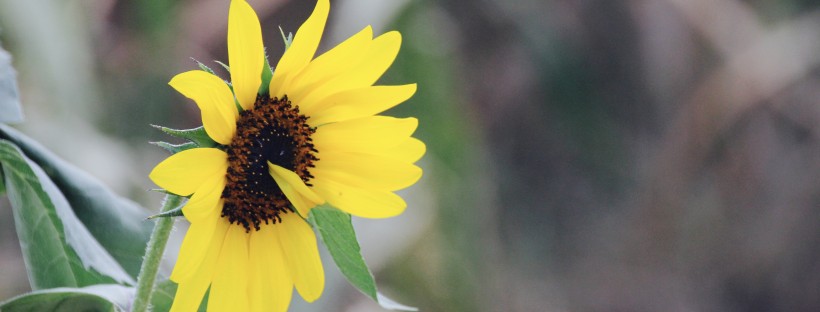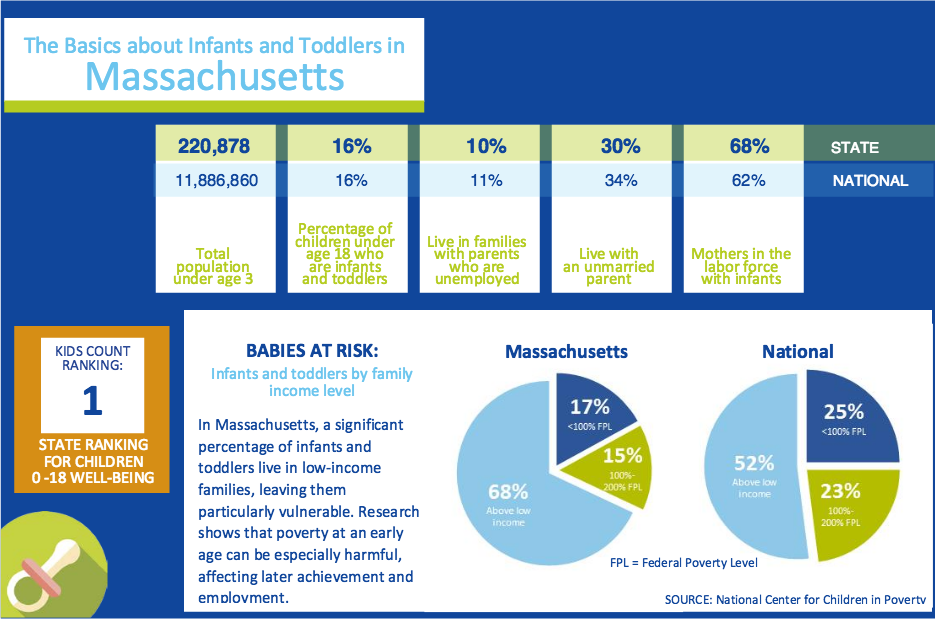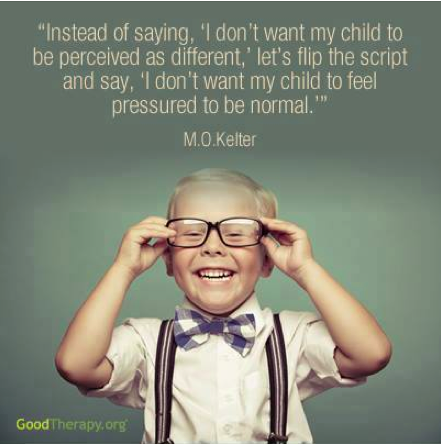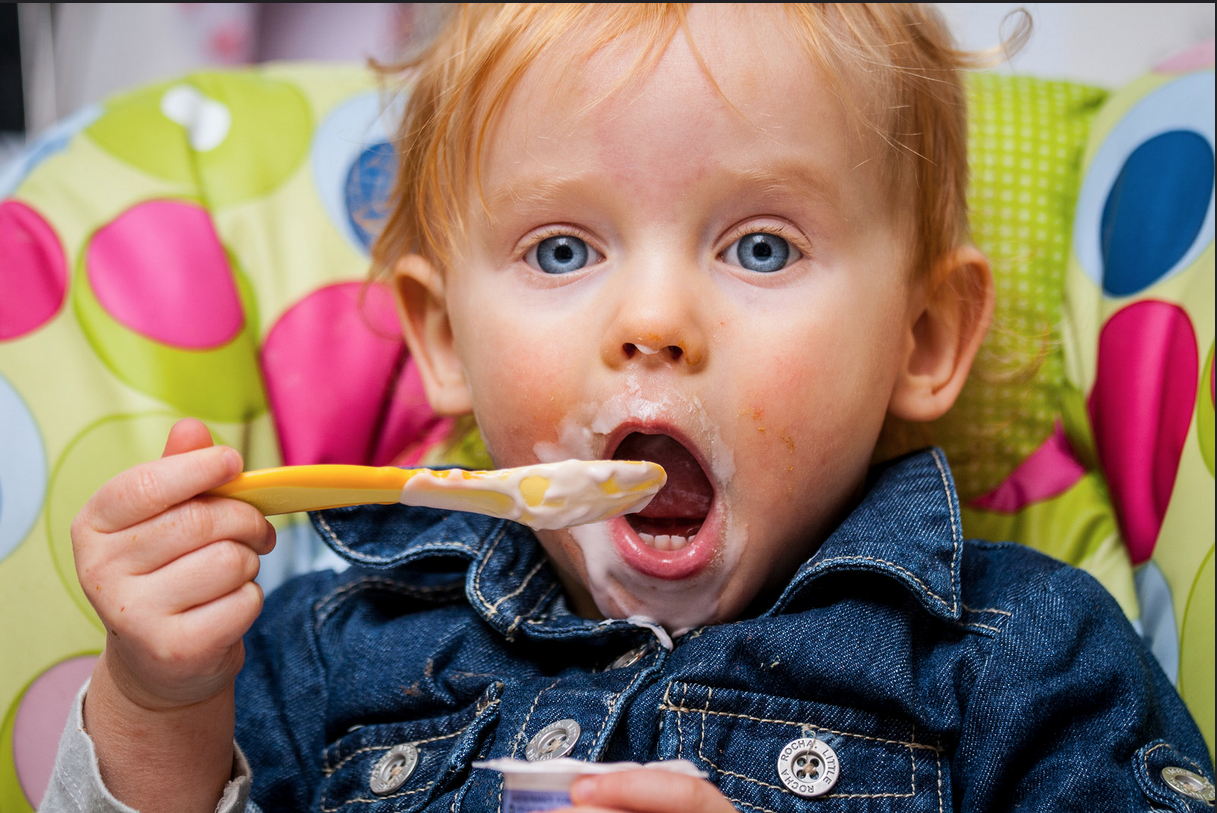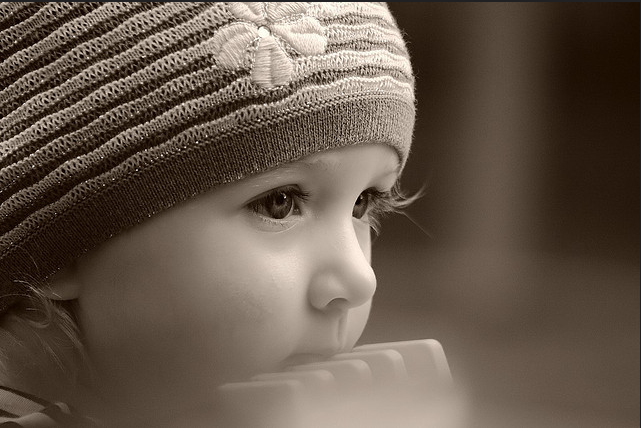Allergies in Babies and Toddlers can be very intimidating. What do you do for such cute little ones when they seem to be suffering? How do you know that it is only allergies and not something worse? Well I’d love to say that there is a magic cure all, but if your little ones are anything like our little one, even the allergist will be left guessing.
First: Allergies are caused by their bodies immune systems believing that they need to fight something off. As their bodies create extra antibodies, a variety of things can occur.
Second: Note that allergies can present in various ways. They can show as overly dry skin almost anywhere on the body or a personality change. They can also be chronic cold symptoms, red eyes, acne, itching, or the usual rash (which also presents in a variety of ways).
Third: If you are concerned, call your medical provider. In all cases of allergies, it’s better to be safe than sorry. Anaphylaxis is a rare condition, but it rapidly causes allergic swelling blocking the airways.
Fourth: Our son changed allergies as he grew, so just because your baby is allergic to an item, it does not mean they always will be. Take caution and talk to a medical provider about reintroducing foods or environmentally items after your child has been off of them a while.
Fifth: Allergies can be linked to genetics. The specific allergies however vary. In our family that means, what causes anaphylaxis in me is not the same thing that causes it in my son. Also too much dairy bugs me, but my son is super sensitive to sugars. So although the auto immune over activity seems prevalent in certain family line, the things that trigger it seem to be different.
Sixth: It is important that you talk to your medical provider. They will be able to sort out the virus from allergies. They also can help you deal with both so that your child gets feeling better soon.
Related Articles to ‘Allergies in Babies and ToddleRS: 6 Things to Know’
Allergies and Special Needs: A Key to Making a Difference
Autism Research: Finding the Cause and Cure
